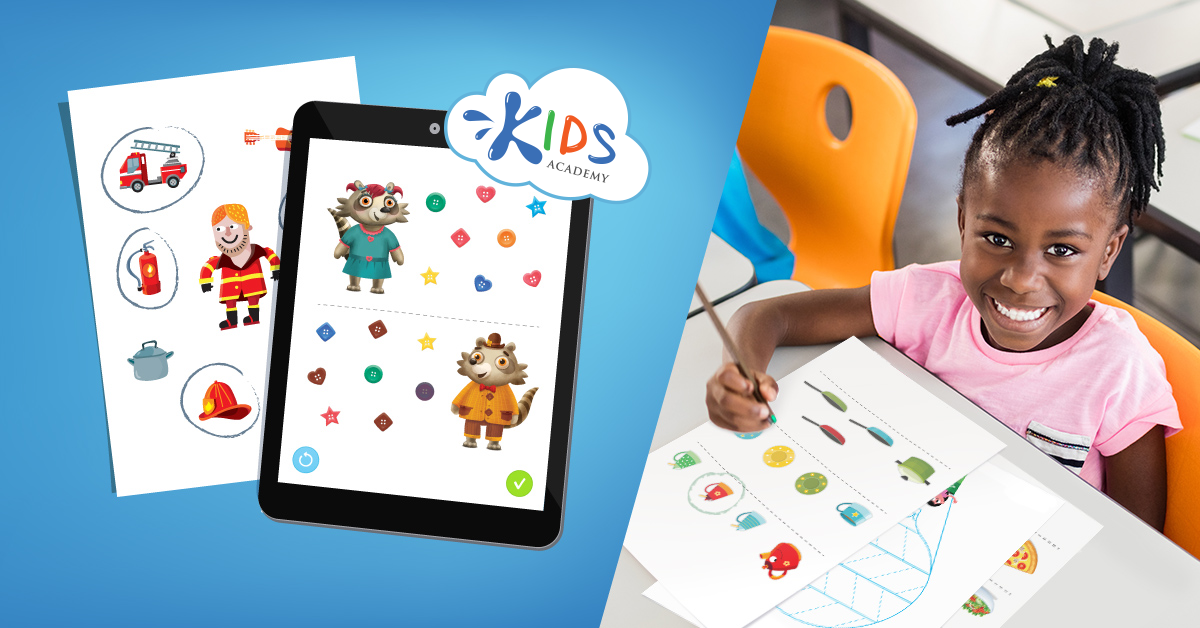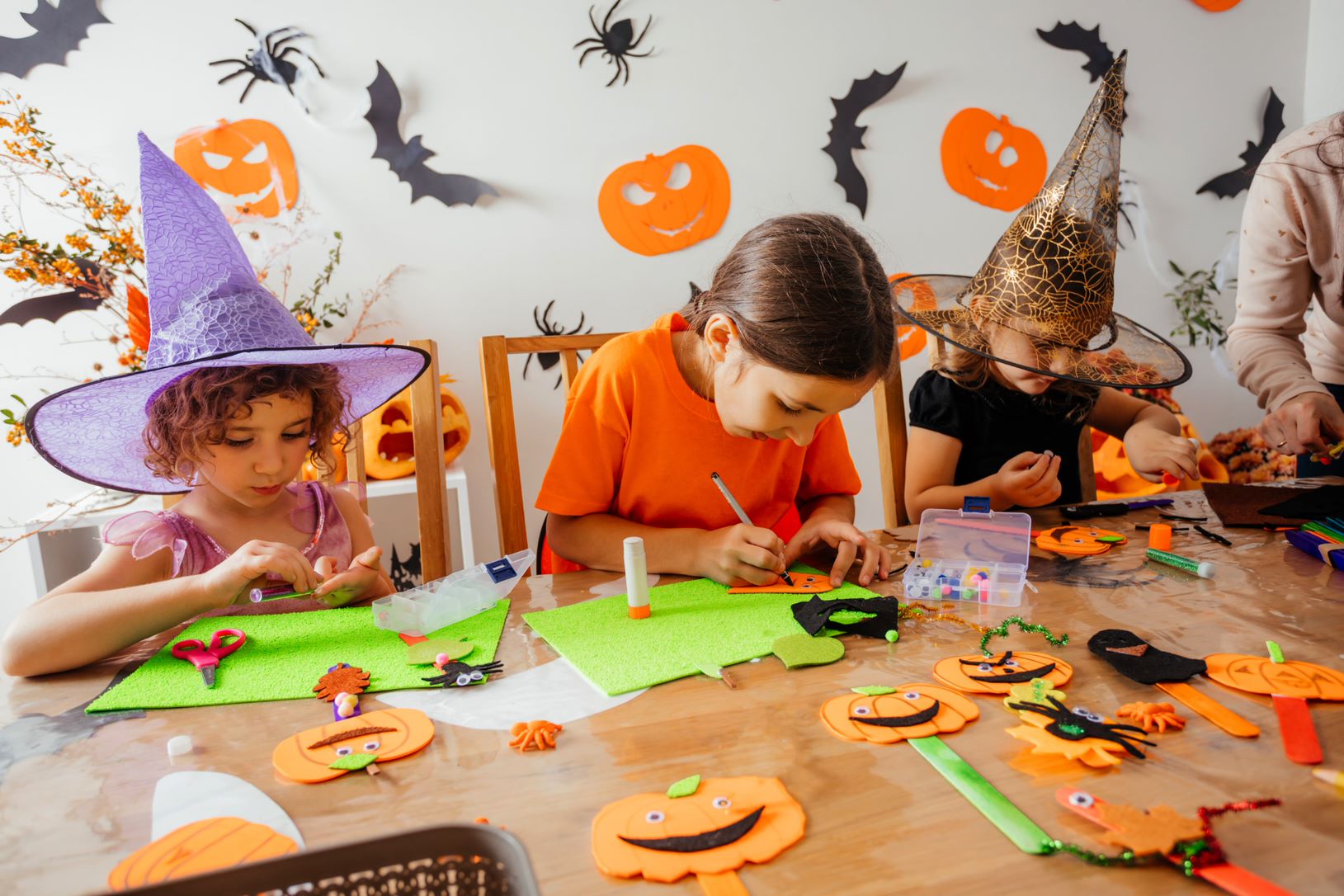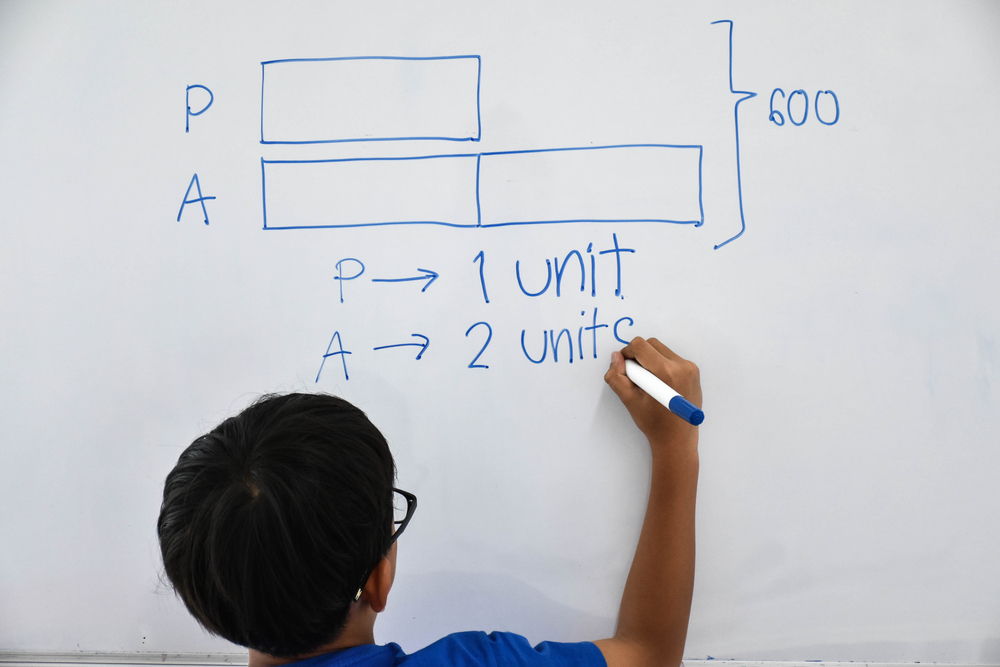Letter-sound association Worksheets for 6-Year-Olds
11 filtered results
-
From - To
Unlock your child's reading potential with our engaging Letter-Sound Association Worksheets for 6-Year-Olds! Designed specifically for early learners, these worksheets help children connect letters with their corresponding sounds, fostering essential phonics skills. Our vibrant, interactive activities make learning enjoyable, ensuring kids stay motivated and interested. Each worksheet focuses on fun exercises like identifying beginning sounds, matching letters to objects, and filling in missing sounds, promoting confident and proficient readers. Ideal for classroom use or at-home practice, these resources support literacy development and early reading success. Start their phonics journey today with our expertly crafted worksheets!
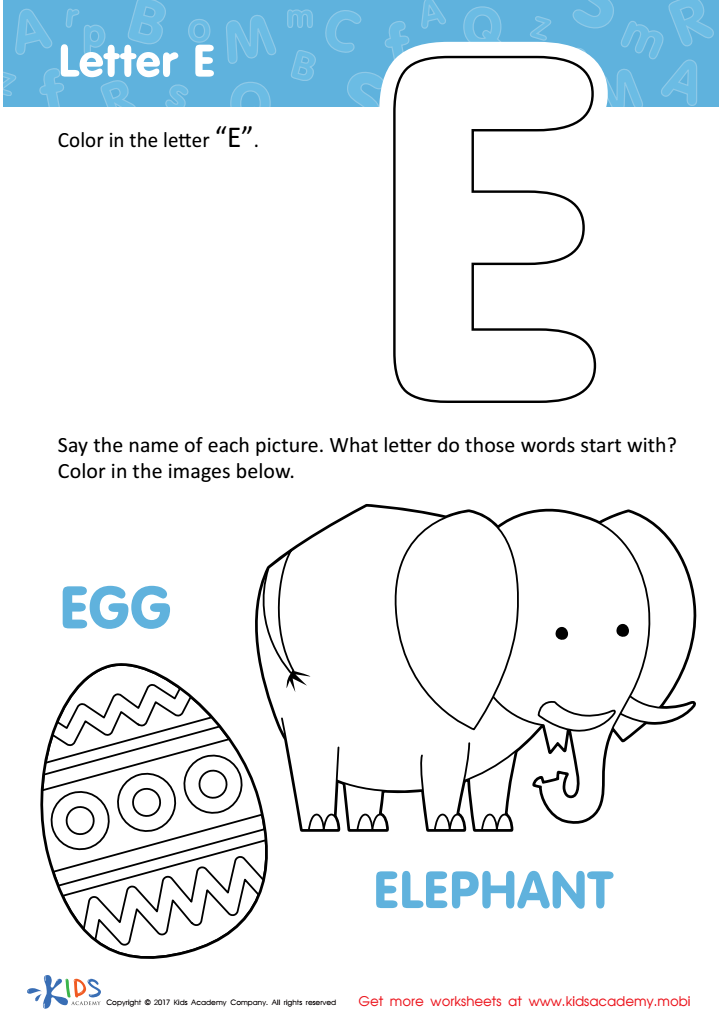

Letter E Coloring Sheet


Letters J and K Tracing Worksheet
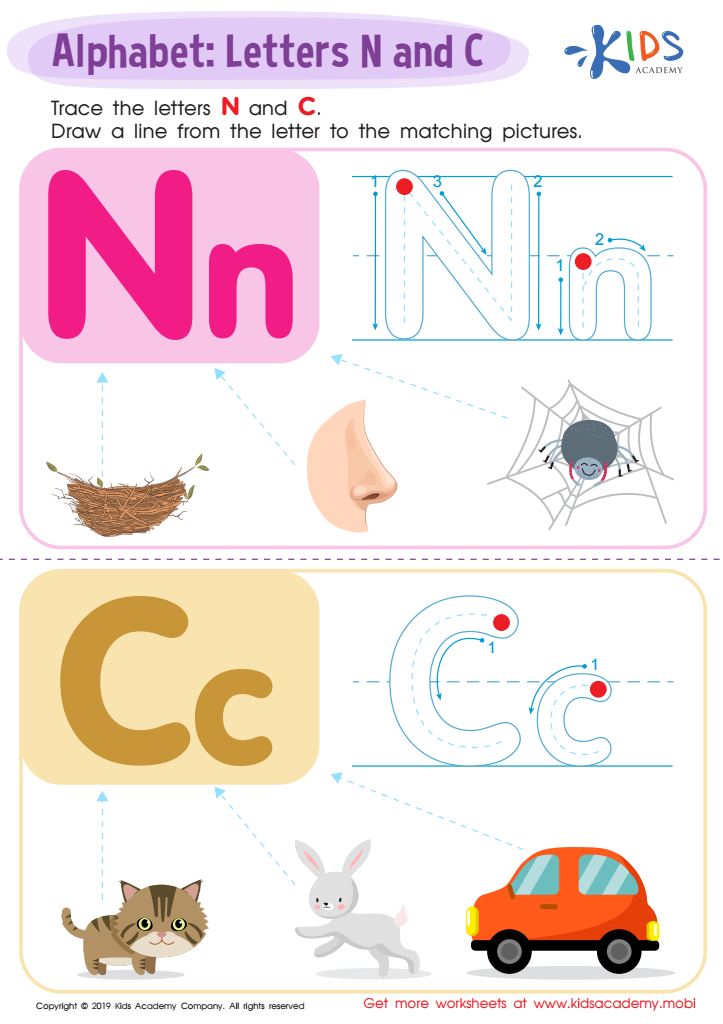

Letter N and C Tracing Worksheet
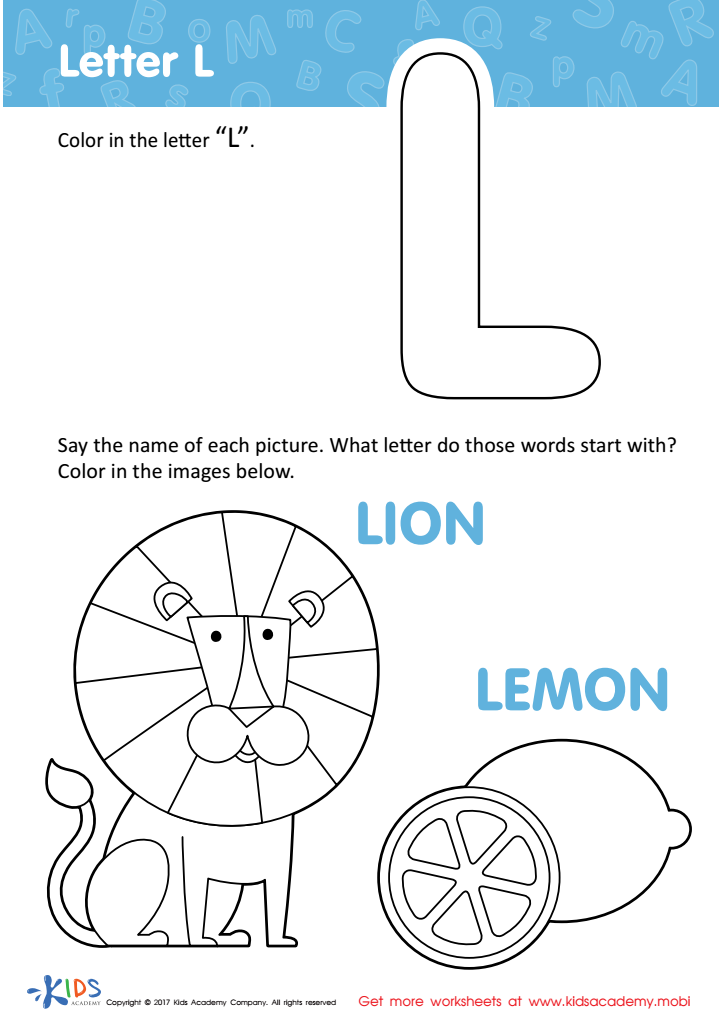

Letter L Coloring Sheet
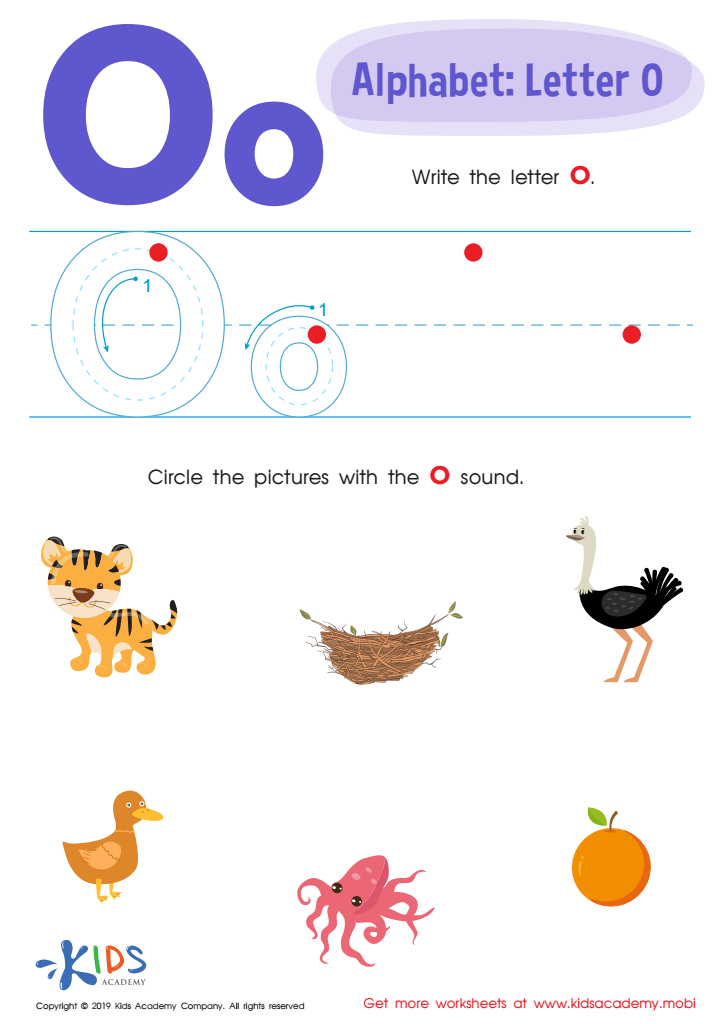

Letter O Tracing Worksheet
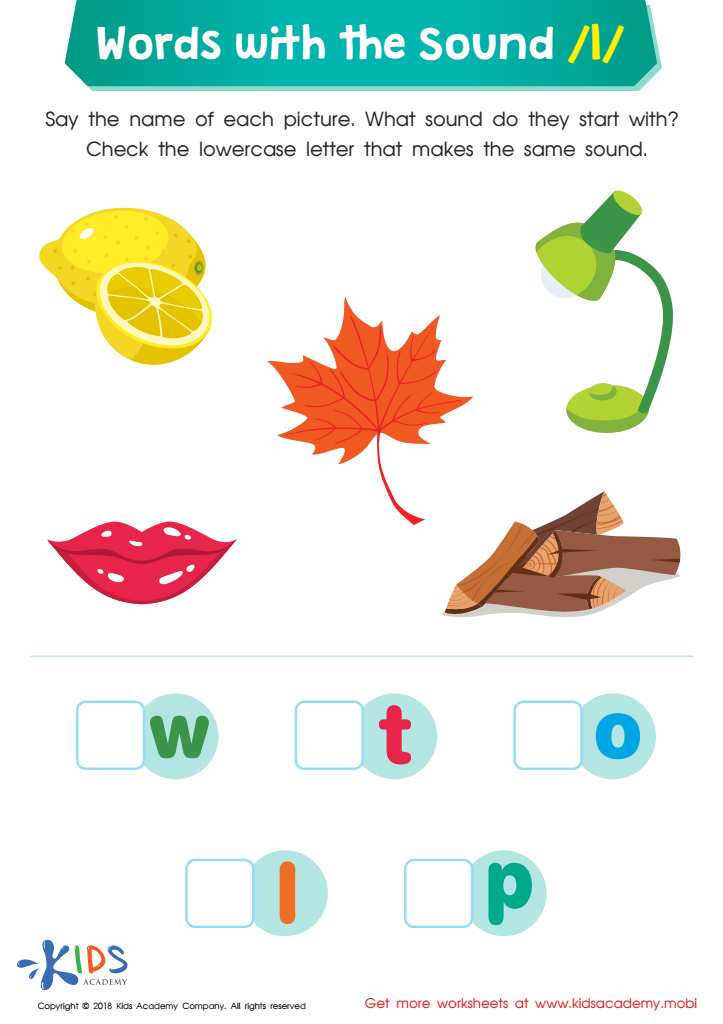

Words with Sound L Reading Worksheet
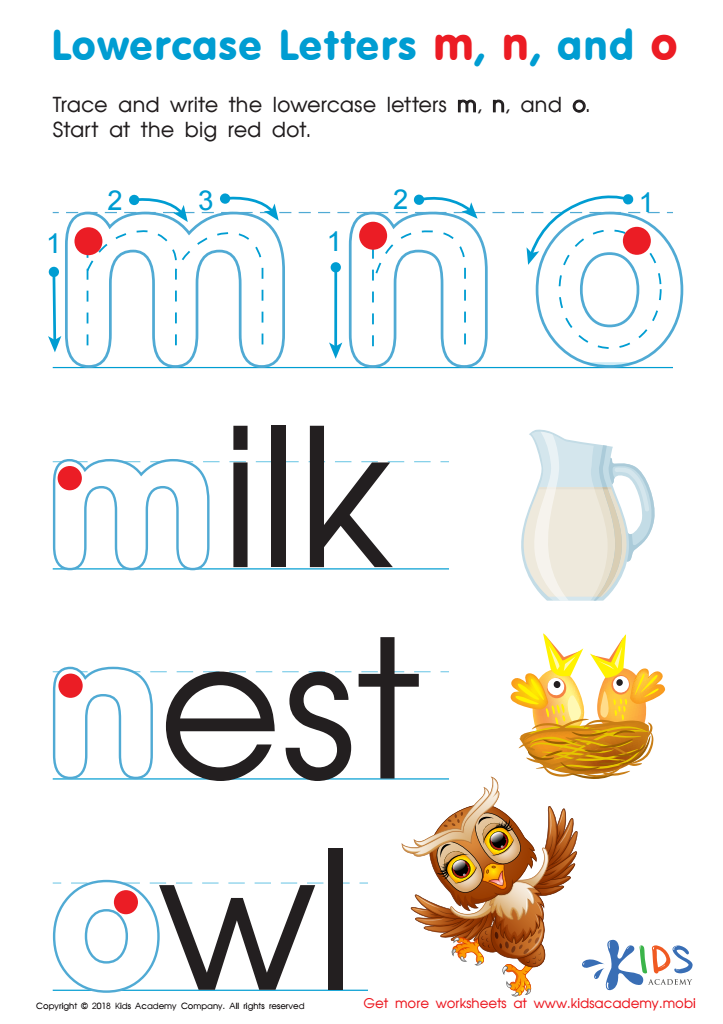

Lowercase Letters m n o Worksheet
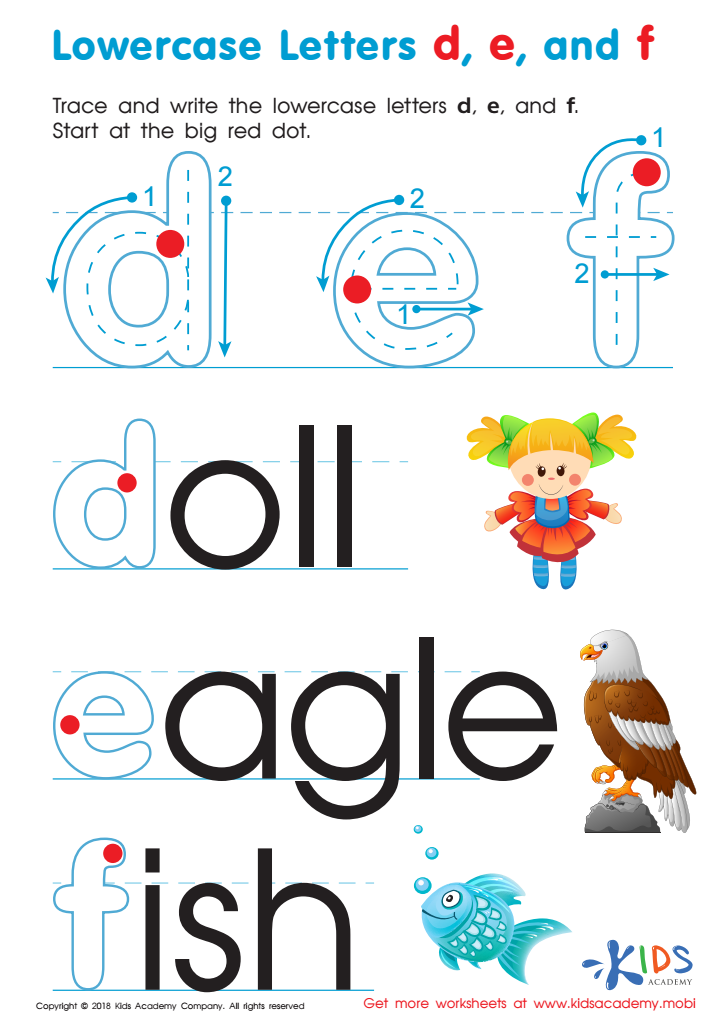

Lowercase Letters d e f Worksheet
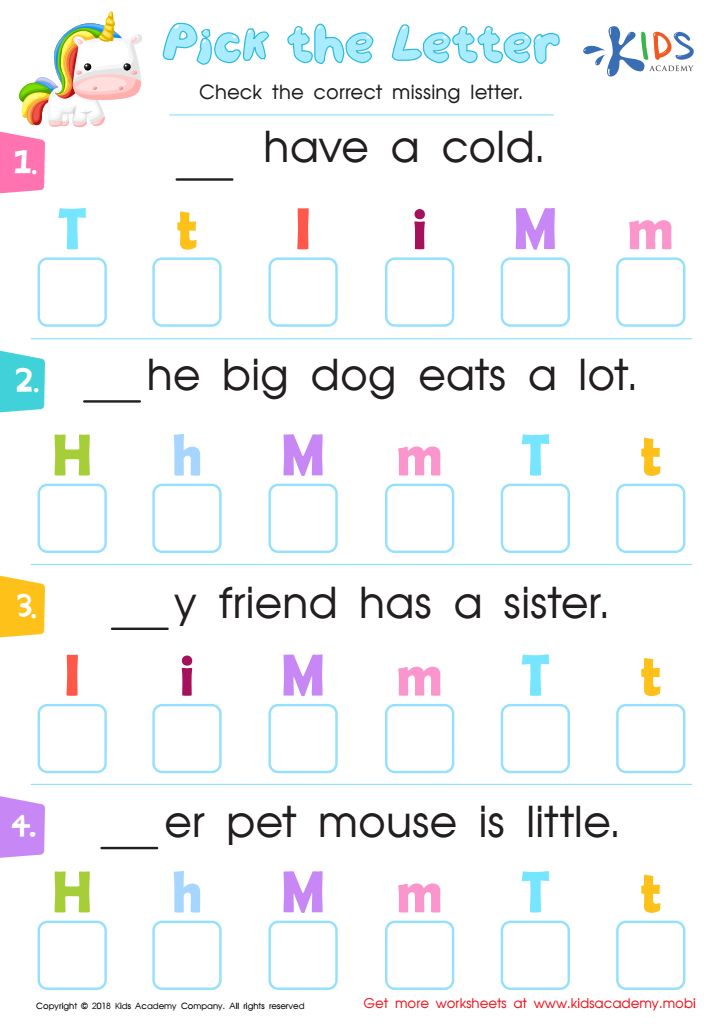

Pick the Letter Worksheet
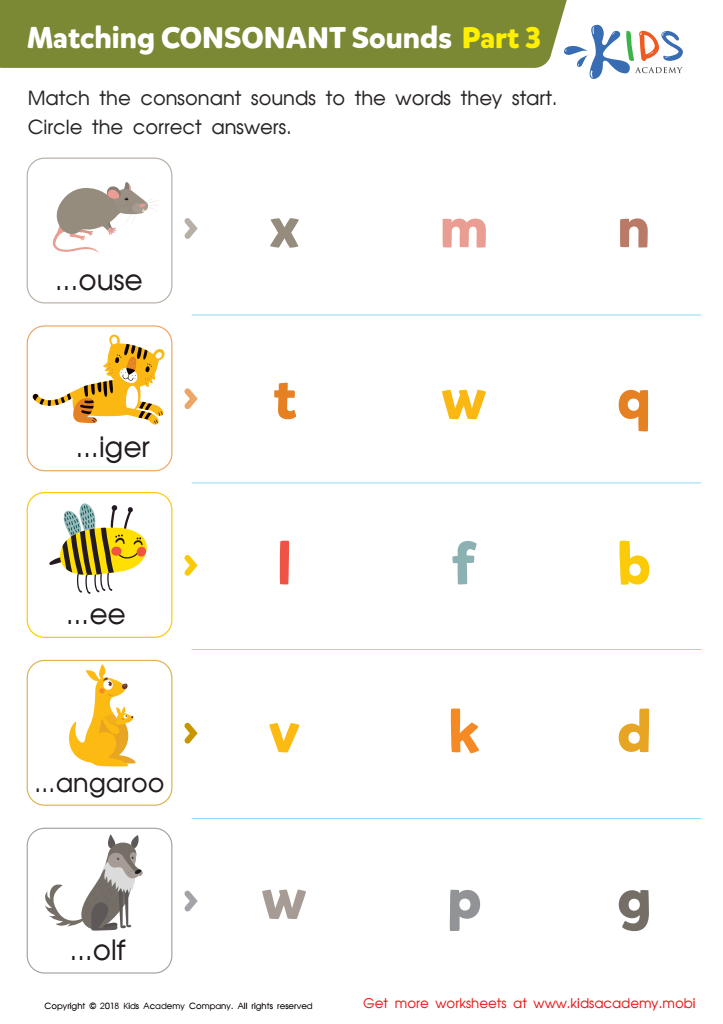

Matching Consonant Sounds: Part 3 Worksheet
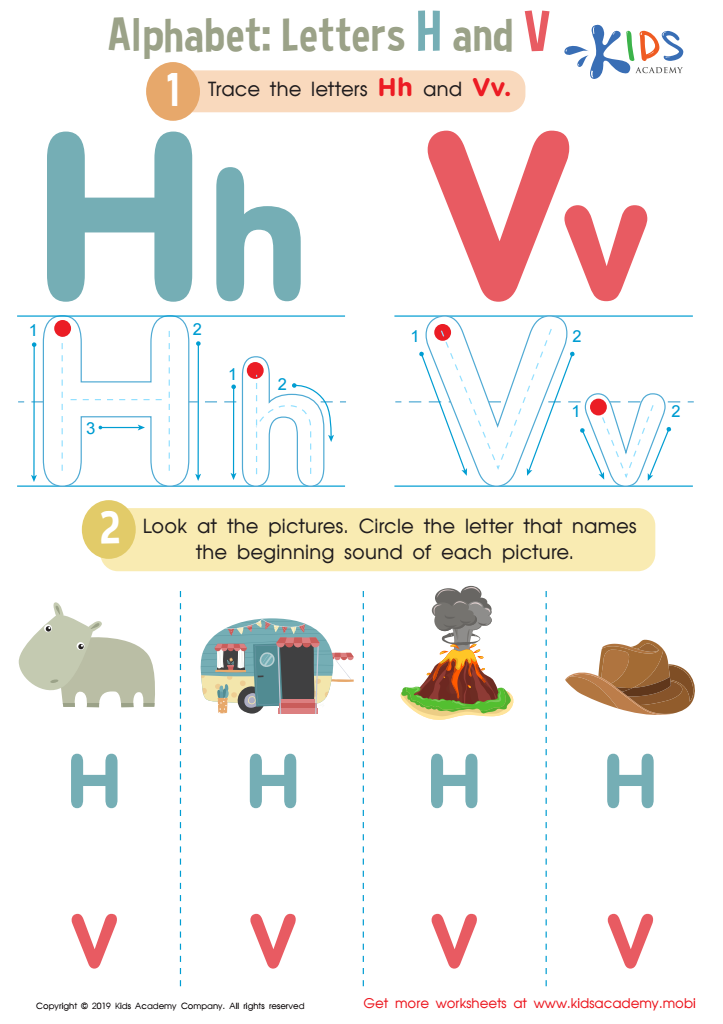

Letters H and V Tracing Worksheet
Letter-sound association, also known as phonics, is a crucial foundational skill for early reading and writing, and it is especially significant for 6-year-olds who are in their formative years of literacy development. By understanding that letters represent specific sounds, children can begin to decode written language, which is the first step to reading fluently. When children match letters with their corresponding sounds, they are better equipped to sound out words, recognize spelling patterns, and build a stronger vocabulary.
For parents and teachers, emphasizing letter-sound association supports the cultivation of these early literacy skills and sets the stage for future academic success. Early grasp of phonics has been demonstrated by numerous studies to improve reading proficiency, comprehension, and confidence. Moreover, it equips children with the tools necessary for independent learning, fostering a love for reading that extends beyond the classroom.
Additionally, children who struggle with letter-sound association may encounter difficulties in reading later, which can lead to frustration, decreased confidence, and a lower level of overall academic achievement. Thus, concentrating on phonics instruction empowers children, enabling smoother transitions into more complex literacy activities and enhancing their ability to explore and engage with the world around them through written words.

 Assign to My Students
Assign to My Students







